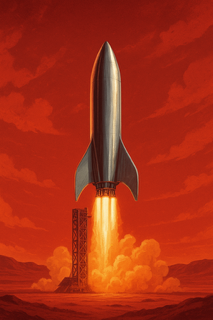When Silicon Sees Tomorrow: How AI Is Outforecasting Humans at Their Own Game
By publisher Ray Carmen
Once the realm of philosophers and oracles, forecasting the future is now contested terrain—and AI is mounting a serious challenge. In the the recent Metaculus forecasting competition, an AI system cracked the top 10, outperforming many human participants. It’s not clairvoyance, but data — and a new frontier in prediction.
Prediction as a Profession
Every quarter, the Metaculus Forecasting Cup poses questions about world events: Will Iran escalate? Will a major hurricane hit a region? Participants — human and algorithmic — stake probabilistic bets. Historically, humans (especially “superforecasters”) dominated. But in the latest contest, a UK-based AI named Mantic scored above 80% of human averages, placing 8th out of 549 entrants.
This is a landmark moment: for the first time, a machine is not merely participating — it’s competing.
Why Machines Are Gaining Ground
Scale and Updating Speed: Machines can monitor news, events, datasets globally, and update their predictions constantly — something a human cannot sustain at scale.
Ensemble Learning (the “silicon crowd”): Recent research (e.g. Wharton) shows combining multiple AI models (each with their biases and strengths) can rival or even exceed the accuracy of human forecasters.
Focused Training: Forecasting concerns have structure (probabilities, time bounds). AI thrives when patterns exist. But it still struggles when context, ethics, or subtle social cues dominate.
Limits, Cautions & the Human Edge
Machines are powerful, but not omniscient.
They can’t foresee everything (chaos, black swans, value shifts).
Over-relying on AI predictions risks groupthink or invisible biases baked into training data.
Humans bring moral judgment, contextual insight, and accountability — things no model (yet) encodes.
Some experts caution that AI gains in forecasting are incremental — better “decision support” rather than total replacement.




